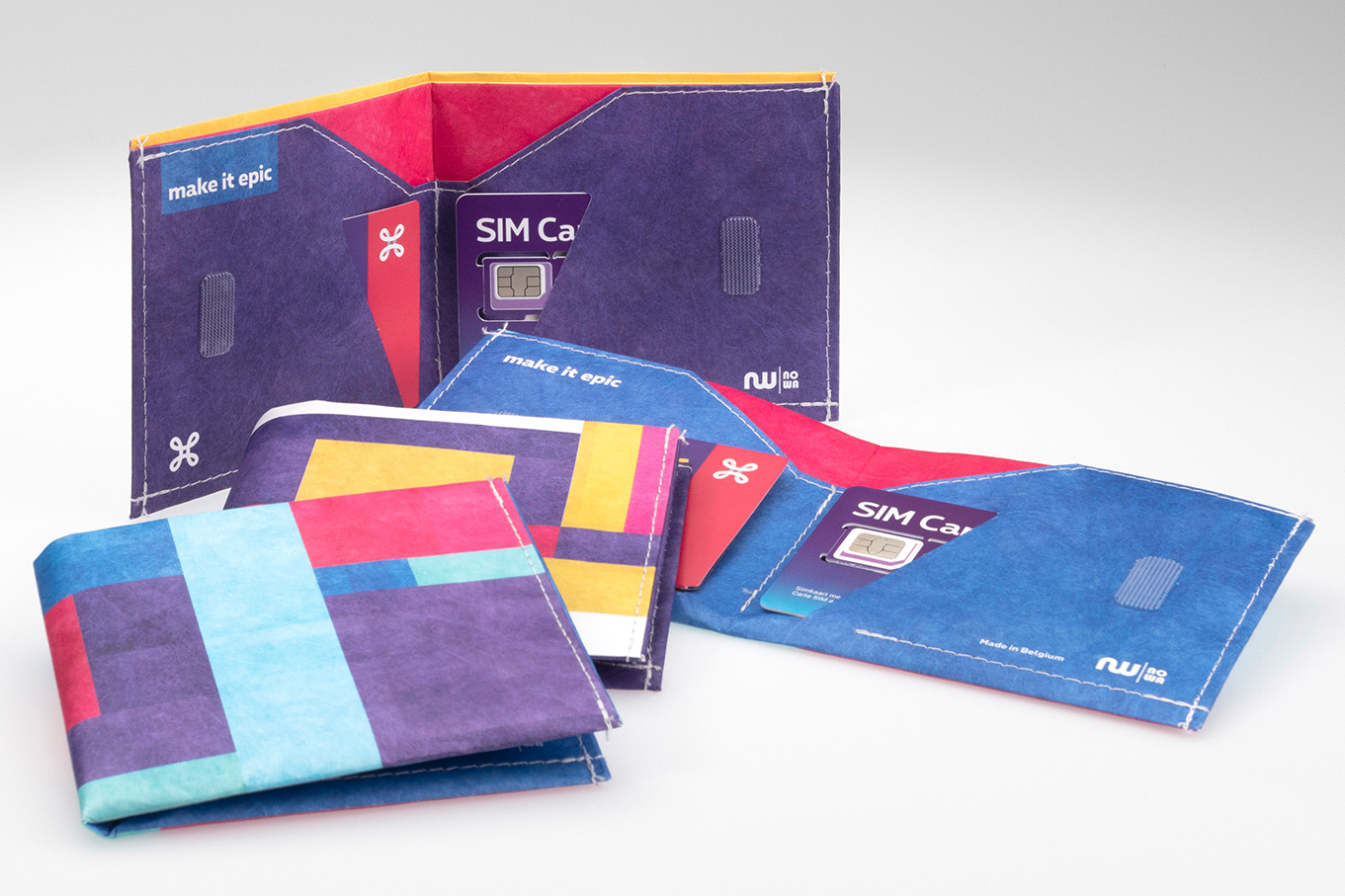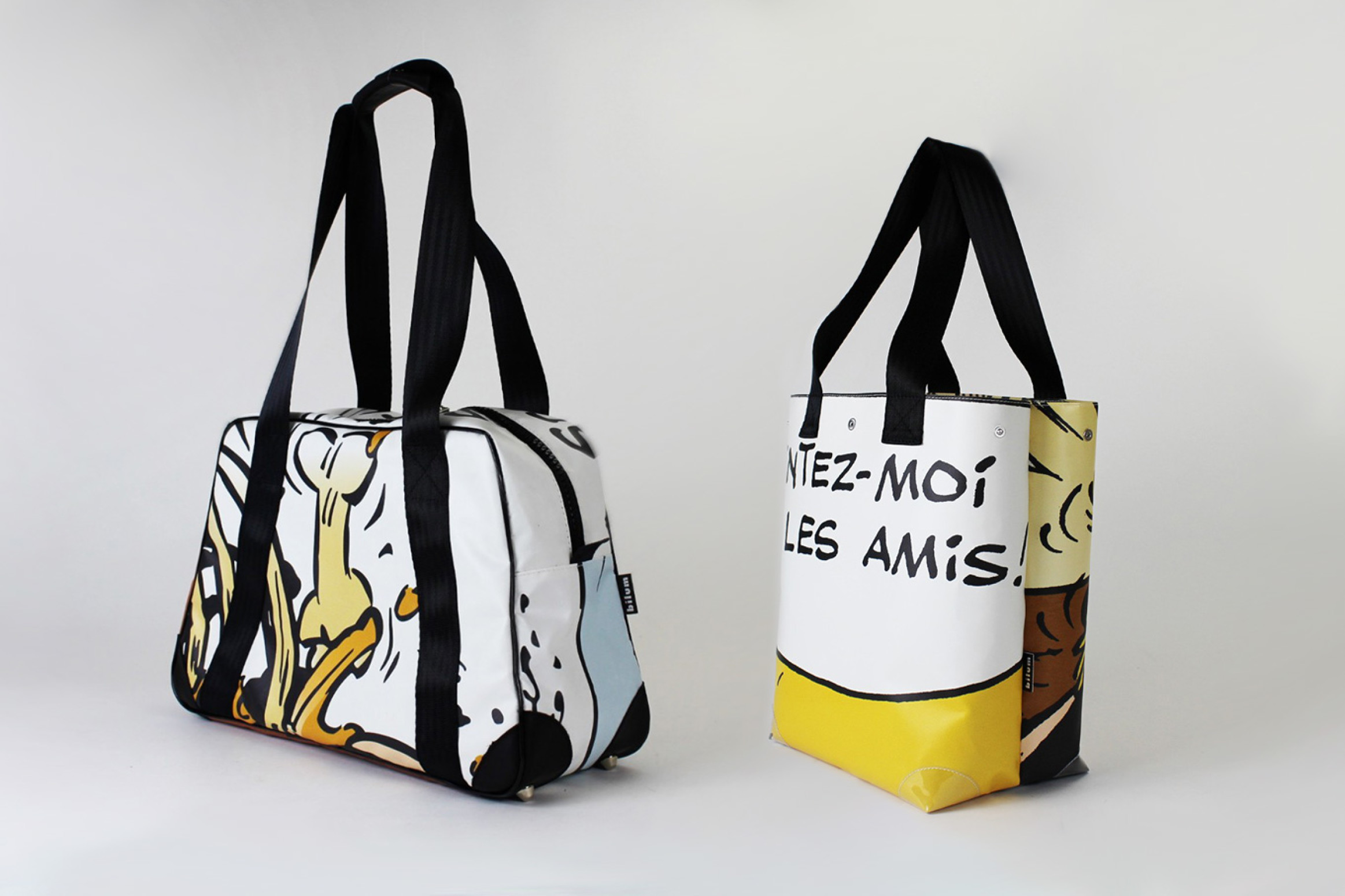Nowadays customers are, more than ever, sensitive about their ecological footprint. Everyone tries at their level to reduce the impact of their activities on the environment, and the least we can say is that it inspires the most creative minds.
A question of philosophy
If recycling has taken a permanent place in people's minds, upcycling has experienced a real breakthrough in recent years, no doubt driven by the most inspiring social networks and influencers. And for a good reason! Much more accessible than recycling, it allows the most modest handyman to transform an old pallet into cozy garden furniture.
This is the difference between recycling and upcycling. The first is to decompose, transform, modify, sometimes chemically, a raw material to create something entirely new. This process is heavy and expensive, it requires significant infrastructure and often results in losses of raw material.
For upcycling, on the other hand, the objective is to make something new with old stuff while limiting necessary handling. Anyone can thus divert old objects to give them a new use, by associating them with others or by transforming them slightly. Very cheap and easy to implement, this process aims above all to recover resources for added value.
Upcycling at the service of the circular economy
This trend can (and will) play a big role on a societal level, because it makes it possible to consider waste as a raw material. Transformed locally, by individuals, artists or craftsmen, this “ex-waste” creates wealth without causing pollution and the consumption of new resources.
Many start-ups have been created this way, making upcycling their business model. We can in particular talk about the Bilum company, which transforms, among other things, advertising banners into fashion accessories; or the company Entre 2 Rétros, which creates lines of travel bags from automotive fabrics. This results in unique pieces, popular with fashionistas as well as car enthusiasts.

And what about brands?
Savings, added value… So many concept words that are very dear to brands! It is therefore not surprising to see them too, rushing into this trend. Even the luxury sector is doing it, Hermès leading the pack with its brand "Petit h". They manufacture objects created from waste from the workshops. Plush, furniture, jewelry, decorative objects, etc. There are many creations that enhance the image of a sector that is too often criticized when it comes to environmental issues. But beyond the fashion effect or the image, upcycling offers real potential to brands. They can thus contribute to the circular economy, limit their environmental impact and create unique ranges, prized by collectors and aficionados of major brands.
Altavia ACT* also got into the game by collaborating with Nowa, a company from Namur that produces zero-waste wallets made out of tyvek. This way, we developed welcome kits for the launch of the Proximus Epic offer. A responsible way to create a premium pack!

As you’ve understood by now, the advantages of this trend are numerous and relevant in this socio-environmental context. Through innovation and creativity, upcycling may become a new El Dorado for advertisers, looking for meaning and identity.
